Table of Contents
What is Tikka Spicy?
Tikka Spicy is a traditional Indian spice blend specifically designed for marinating and grilling meats, vegetables, or paneer. It delivers a balanced combination of heat, smokiness, and aromatic depth that defines authentic tandoori-style dishes. Unlike generic "spicy" seasonings, Tikka Spicy is crafted with precise ratios of core spices to create complex flavor profiles that withstand high-heat cooking without burning.
This blend originated in Northern Indian cuisine where tikkas (skewered and grilled foods) are a staple. The name "Tikka Spicy" specifically refers to the spice mixture used in the marination process, not the final dish. It differs from Tikka Masala (which is a creamy sauce-based dish) by focusing on dry spice application before grilling.
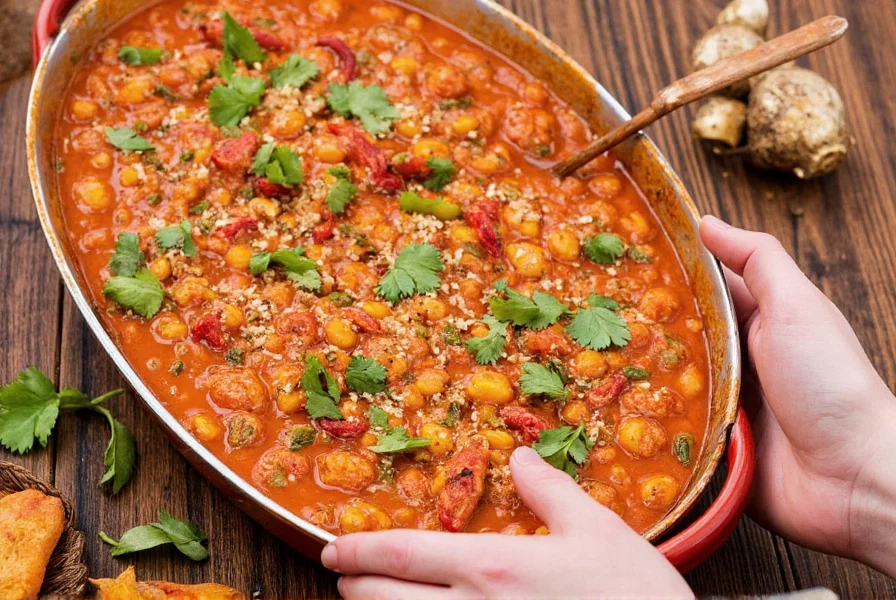
Key Ingredients and Their Roles
True Tikka Spicy contains specific spices that work together to create its signature profile. Here's what makes each component essential:
| Ingredient | Flavor Profile | Functional Role |
|---|---|---|
| Cumin | Earthy, warm | Provides foundational aroma and balances heat |
| Coriander | Citrusy, slightly sweet | Prevents chili dominance and adds complexity |
| Chili Powder | Hot, smoky | Delivers controlled heat without overwhelming |
| Ginger Powder | Pungent, sharp | Enhances meat tenderness and digestion |
| Garlic Powder | Pungent, savory | Boosts umami and penetrates protein fibers |
| Turmeric | Mildly bitter, golden | Provides color and anti-inflammatory properties |
| Smoked Paprika | Deep smokiness | Recreates tandoor oven flavor without actual grilling |
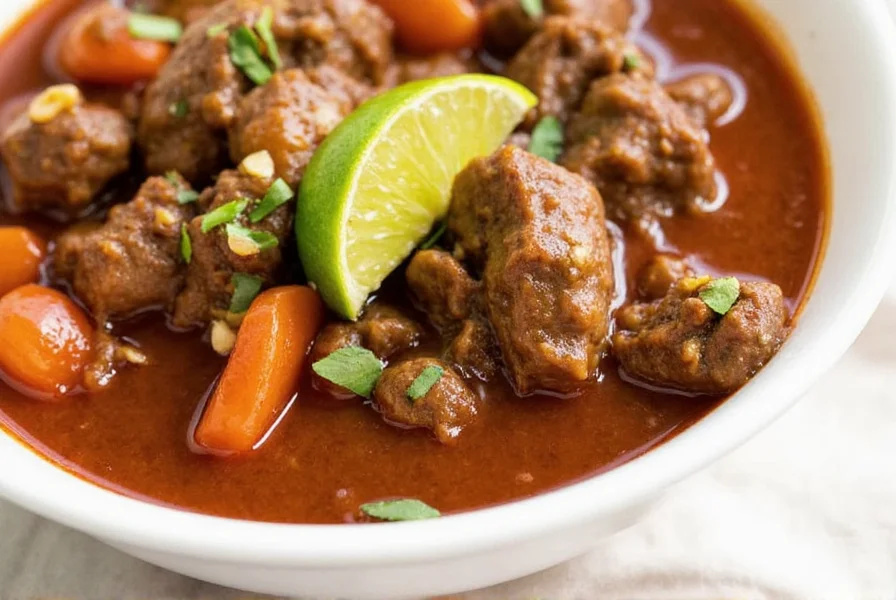
How to Use Tikka Spicy: Recipes & Techniques
For authentic results, follow these scientifically-backed application methods:
Chicken Tikka Recipe (Classic)
- Marination: Mix 2 tbsp Tikka Spicy + 1/2 cup plain yogurt + 1 tbsp lemon juice + 1 tsp ginger paste + 1 tsp garlic paste + 1 tbsp oil. Coat 500g chicken thighs and refrigerate 4+ hours.
- Grilling: Thread onto skewers and grill at 400°F (200°C) for 12-15 minutes until internal temperature reaches 165°F (74°C).
- Pro Tip: For restaurant-style char, finish under broiler for 2 minutes after grilling.
Vegetable Tikka (Vegan Option)
- Combine 2 tbsp Tikka Spicy + 2 tbsp olive oil + 1 tbsp maple syrup. Toss with 2 cups cubed cauliflower and bell peppers.
- Roast at 425°F (220°C) for 25 minutes until caramelized.
Protein Marinade Formula
For every 1 lb (450g) of protein:
- 2 tbsp Tikka Spicy
- 1/4 cup acid (yogurt, lemon juice, or vinegar)
- 1 tbsp fat (oil or ghee)
- 1 tsp ginger-garlic paste
Marinate minimum 2 hours for poultry, 4+ hours for red meat, 30 minutes for seafood. Always pat dry before cooking for better searing.
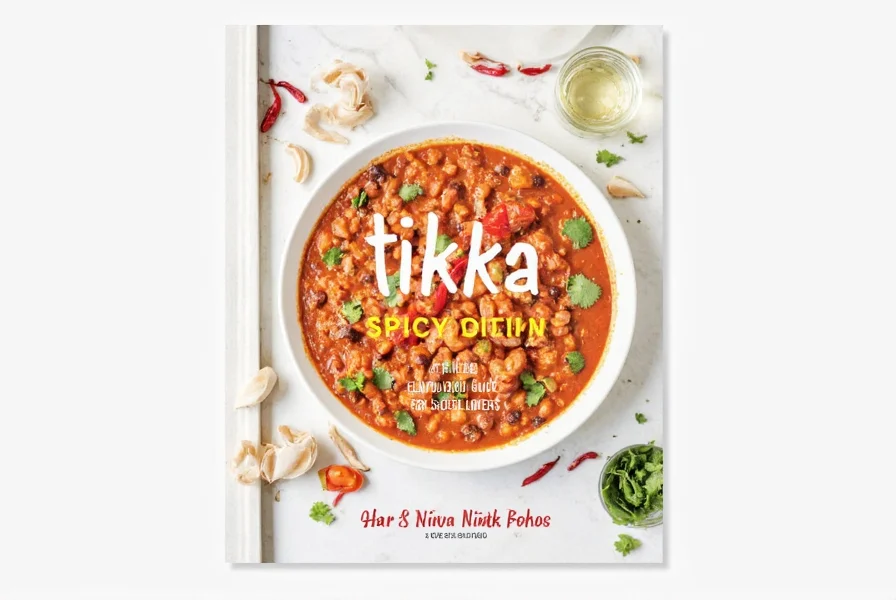
Buying Guide for Authentic Tikka Spicy
Not all "Tikka Spicy" products are equal. Here's how to identify authentic blends:
Authenticity Checkmarks
- Ingredient Transparency: Must list all components (no "spices" as a single ingredient)
- Smoked Paprika Presence: True blends include smoked paprika for tandoor-like flavor
- Grind Consistency: Fine powder without visible chunks (properly roasted and ground)
- Color: Deep orange-red from turmeric and paprika (not bright red from artificial dyes)
| Brand Type | Characteristics | Best For |
|---|---|---|
| Traditional Indian Brands | Authentic spice ratios, minimal processing | Home cooks seeking authenticity |
| Gourmet International Brands | Pre-measured blends, consistent quality | Professional chefs and restaurants |
| Homemade Blends | Customizable heat levels, fresher flavor | Spice enthusiasts with time to prepare |
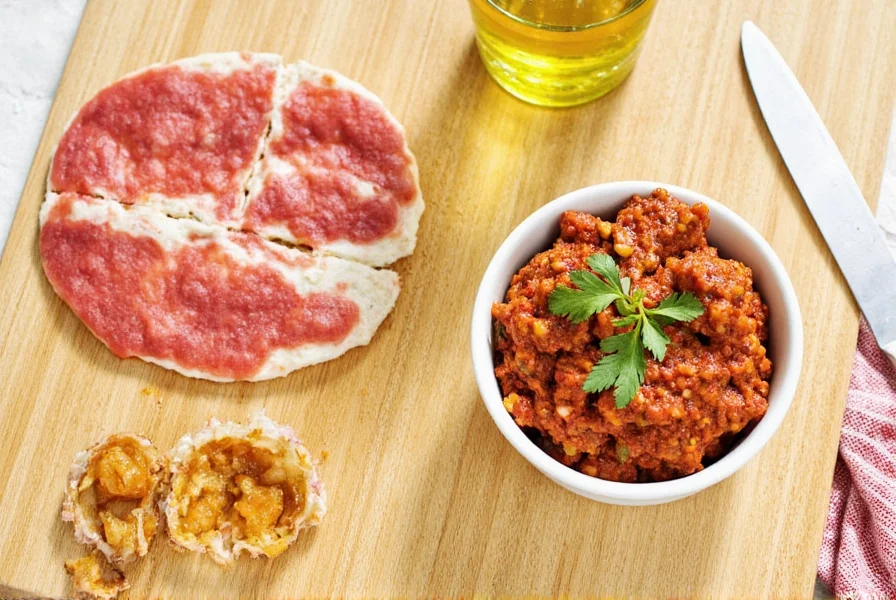
Frequently Asked Questions
What's the difference between Tikka Spicy and Tikka Masala?
Tikka Spicy is a dry spice blend for marinating before grilling, while Tikka Masala is a creamy tomato-based sauce used in finished dishes. Tikka Spicy focuses on heat and smokiness for the protein, whereas Tikka Masala provides rich, sauce-based flavor. They're complementary but serve different purposes in Indian cuisine.
Can I use Tikka Spicy for non-Indian dishes?
Absolutely! Its smoky heat works beautifully in:
- Grilled shrimp or salmon (replace with 1 tbsp per lb)
- Roasted sweet potatoes (1 tsp per cup)
- Spicy popcorn (1/2 tsp per 3 cups)
- Meatloaf or burgers (1 tsp per lb of meat)
Why does my Tikka Spicy burn when grilling?
Burning usually happens from:
- Excessive oil in marinade (pat protein dry before grilling)
- Too high heat (use medium-high instead of high)
- Adding spices directly to flame (apply to protein before grilling, not while cooking)
How to store Tikka Spicy for maximum freshness?
Store in airtight glass container away from light and heat. For best results:
- Keep in freezer for 12+ months shelf life
- Never store near stove or oven
- Use within 6 months for optimal flavor
- Avoid moisture exposure (no wet spoons)
Is Tikka Spicy gluten-free?
Authentic Tikka Spicy is naturally gluten-free as it contains only pure spices. However, check for cross-contamination warnings if you have celiac disease. Some commercial blends may add wheat-based anti-caking agents - look for "100% pure spice blend" on labels.
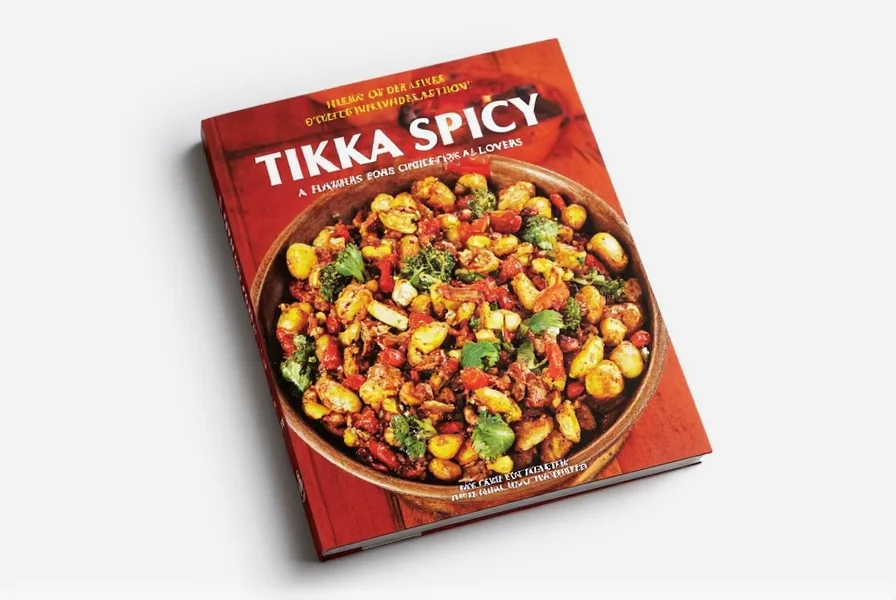
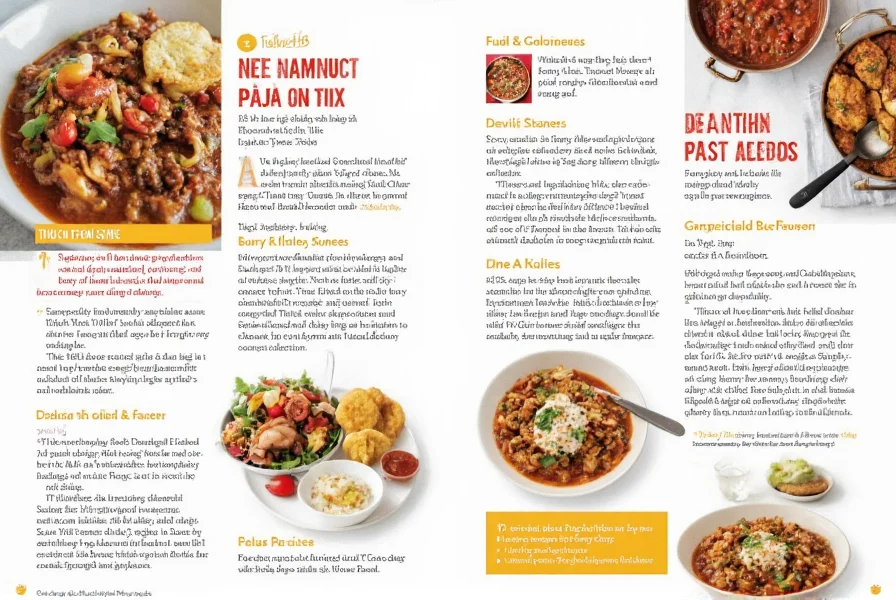










 浙公网安备
33010002000092号
浙公网安备
33010002000092号 浙B2-20120091-4
浙B2-20120091-4